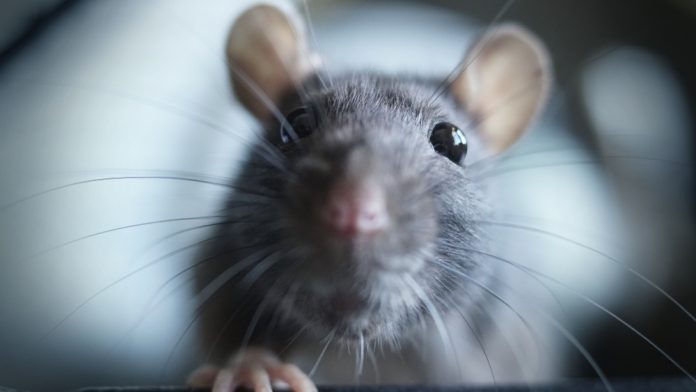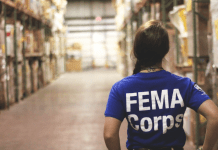When preparing for the worst, you may sometimes forget to prepare for everyday problems. Your food stockpile is precious, and your home’s two greatest enemies are common enemies.
Pests and moisture attracting them are the two greatest enemies. Wherever you store food, it’s probably darker, damper, and quieter than any other part of your home. These three conditions are ideal for daily pests, and if you don’t take the appropriate precautions, you are also providing them a huge source of food.
Luckily, you can take precautions to keep your food stores healthy and fresh before you need them. Here’s what to do to keep your food stock safe.
1. Seal the Room


Where are you stockpiling? Can pests get through a bunch of cracks and holes? Your first mission is to fix anything or find a better sealed place to hold food.
According to a professional basement contractor, “Insects can find their way inside through any crack, gap or hole outside your home. Spend an afternoon identifying and sealing all possible entry points to your basement to reduce the number of bugs entering.
The same concept applies to any room in your house that doesn’t get much traffic. Every step is minor compared to properly sealing the room. Good defense is the best offense.
Related: 10 Medical Supplies to Stock Up on Before it’s too Late
2. Waterproof the Walls


Once the room is sealed, you will need to remove as many water sources as possible. If they have no water source, they can’t survive.
Make sure none of your pipes leak, and plug your drains when not used. Pests can travel through drains into the room.
Your pipes and walls should be insulated. It would reduce condensation and humidity, eliminating another possible water source, and help keep your food fresher and longer.
If your food store is underground, invest in waterproof paint. Apply the wall paint first. Whether the walls are already painted or otherwise sealed, remove the current coating for full protection.
When moisture issues persist, invest in a dehumidifier. The drier and colder the room, the longer your food lasts.
3. Set Traps


I know we said that the best offense is a good defense, but that doesn’t mean you should stop playing offense. If you have issues, set up fresh traps and test them regularly.
At least, you’ll be able to figure out exactly what kind of pest you’re dealing with, so you can ask someone who knows how to get rid of the infestation. Some pests will claw, chew, and squirm in whatever you do. Asking help never hurts.
Nature’s professional rodent catcher can also be a great helper. If you have mouse or rat problems, make your storeroom a haven for cat(s). If you’re not already a cat person, you’ll become one when they bring you “gifts.” Don’t forget to store food for your natural predator!
4. Repackage Food in Air-Tight Containers


Moisture and rodents are the top two food stores threats, and air pollution is number three. Air-tightened containers prevent nasty reactions with oxygen and other elements in the air.
They also help protect the top two threats, especially a solid glass jar. If pests are desperate, plastic can be chewed, but nothing will chew or claw through glass. Just make sure they’re stored somewhere they can’t be pushed. The only way pests get in is if they’re shattered, and only large pests can do that.
Canned food is better. Nothing will be better protected and last longer than soup, beans, fruits, or veggies. You can’t can everything, though.
Gamma-sealed plastic buckets are perfect for holding large quantities of perishable food. You will need to empty the food from its original container and keep the bucket sealed to last enough for an emergency.
5. Refrigerate and Freeze As Much As You Can
As long as electricity is available, freezing and refrigerating is best. If an emergency leaves you helpless, that won’t help much.
Refrigerators and freezers are also pest-proof. If you’re left without power, you’ll have that extra level of protection in place.
What are your measures to secure your food stock? Let us know on the comments below!





















